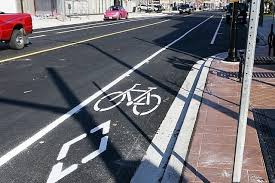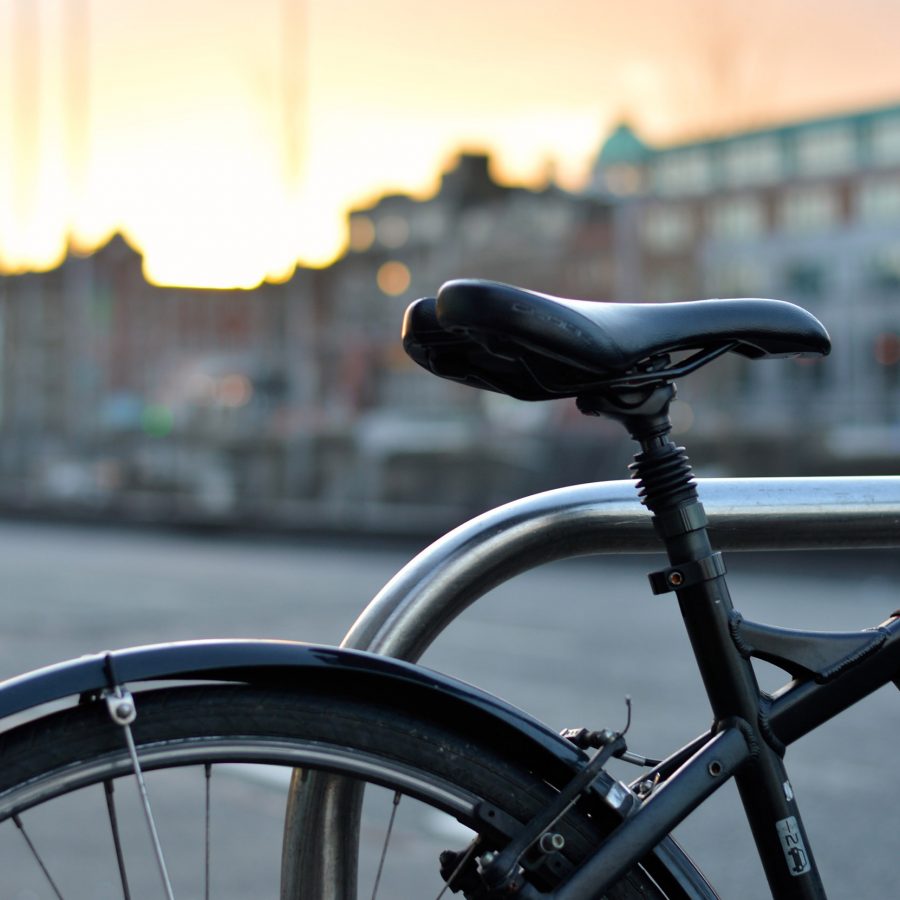Look Both Ways: Intersections Of Past And Present In The Shaping Of Relations Between Cyclists, Pedestrians, And Driverless Cars
LLM Thesis by Davi Aragao Rocha.
Driverless cars are expected to transform society in many ways. Since nowadays most collisions are due to human error, safety is among the most anticipated benefits of the technology. The promise of near zero fatalities on roads appears in many industry statements and government reports. Because of that, every collision, especially involving fatalities, receives much attention from the media and public. That kind of scrutiny resembles the early days of the conventional automobiles. In those days, automobiles – also called “horseless carriages” – were not well received by the majority of the population. Cars brought conflicts and fatalities on roads to a level never seen before. The automobile industry, using public relations, shifted society’s perception about who belongs to the roads, and who should be blamed for the rise of fatalities. That shift influenced legislation and tort law in motor-vehicle centric ways. It also created cities with infrastructure focused on the automobile at the expense of other means of transportation. Today, one of the most difficult challenges for driverless cars is the unpredictability of pedestrian and cyclist behaviour. To accelerate the deployment of the technology, some are considering the necessity of law enforcement against pedestrians and other street users. Centred on urban environments, pedestrians and cyclists, and with an interdisciplinary and advocacy-oriented approach, this thesis seeks to contribute to the debate about the safety and deployment of driverless cars, its influence on law and legislation, and how a car-centred view of the technology may limit its potentialities.
Read full thesis here.



